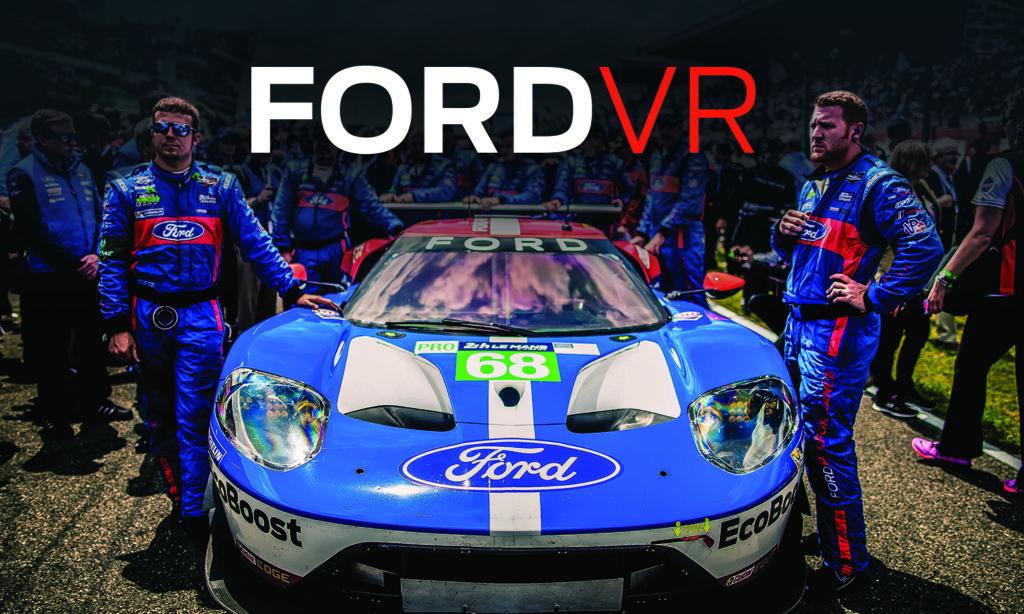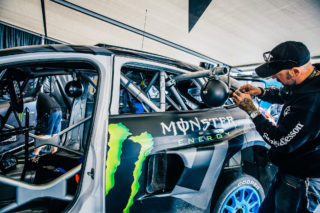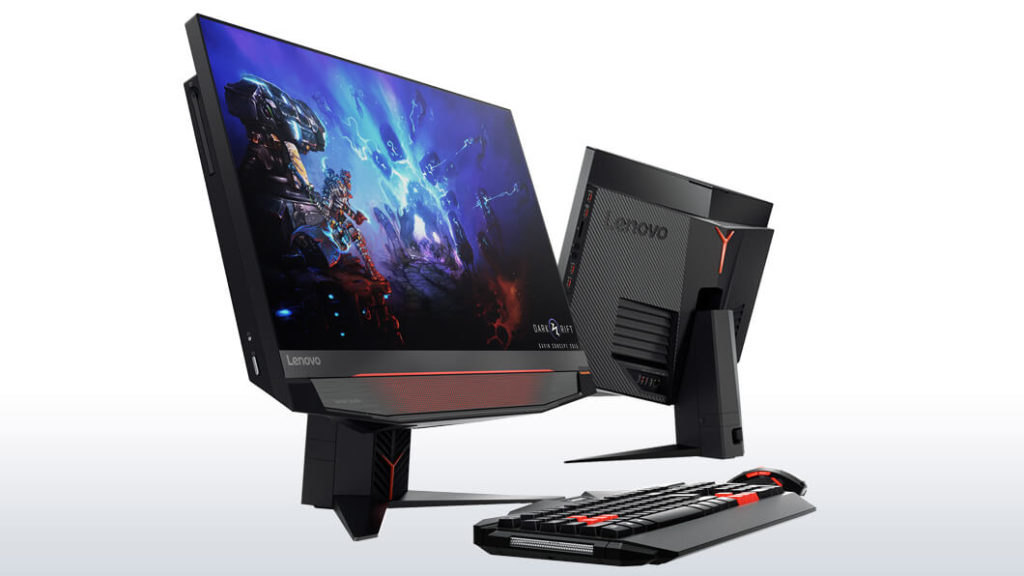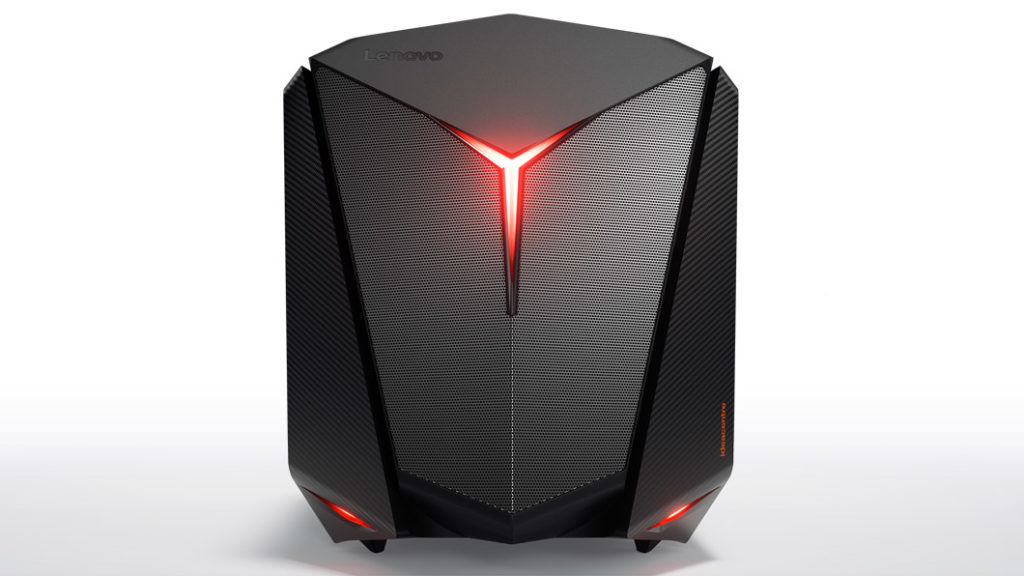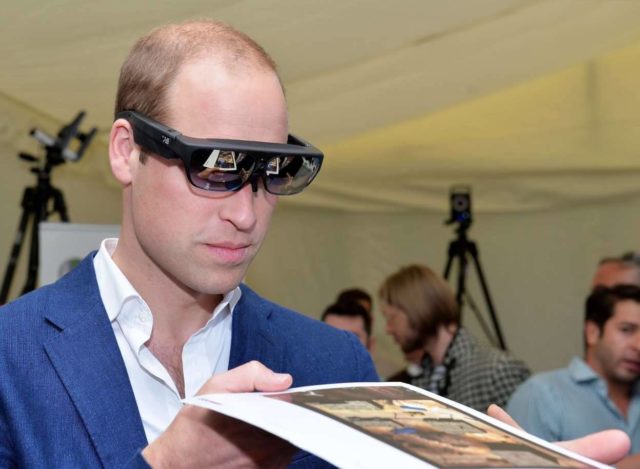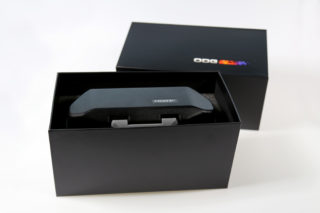When pop rock band DNCE performs live at Rockefeller Plaza today as part of the Citi Concert Series on NBC’s Today morning show, fans will be able to experience the music live at home via Google Cardboard VR headsets. In addition to the livestreamed performance, IM360 is working with Citi to deliver exclusive 360-degree video content featuring DNCE for VR fans to engage with.
This VR experience is part of a larger effort through the Citi Concert Series on Today to bring fans access beyond attendance. The series, which kicked off in October 2015 as part of a new multi-year deal between Citi and NBC, provides year-round opportunities for millions of viewers to connect with their favorite musicians through a multitude of platforms and puts fans at the center of the experience.
Jennifer Breithaupt, managing director of media, advertising and global entertainment at Citi, said through Citi’s entertainment program Private Pass, which offers credit and debit card members access to thousands of events annually, is consistently striving to bring fans closer to the artists they love.
“As technology evolves—especially in the VR space—it’s allowing us to push the boundaries of the very meaning of access beyond attendance,” Breithaupt told [a]listdaily. With virtual reality poised for significant growth, Breithaupt said Citi wanted to get ahead and see how it could test the technology to bring the concert experience to consumers at home.
“VR could be an ideal vehicle to deliver on one of our key objectives of providing ‘access beyond attendance,’” Breithaupt said. “Through our partnership with NBC and our sponsorship of the Citi Concert Series on Today, we found a lot of synergy and opportunity to work with a fun and willing band and had the right platform to distribute and share the experience with the masses.”
In what’s becoming a crowded 360-degree livestreaming space, Breithaupt said NBC and Citi explored various vendors and felt that IM360’s capabilities were the best fit for this project. Citi is distributing 7,000 DNCE-branded Google Cardboard headsets to Citi card members and NBC fan pass subscribers in advance of the concert. They’ll also be providing 3,000 headsets to attendees at Rockefeller Plaza on the day of the performance.
DNCE will perform three songs on the Citi Concert Series on Today that will be livestreamed on TODAY.com/VRCONCERT and mobile phones. For iPhone users, they can watch the stream on the IM360 app. In addition, the concert will be aired on NBC’s Today show for anyone to watch. The online stream is also accessible and viewable in 360 without the Google Cardboard headset.
“360 viewing is not quite as immersive, but still allows users to look around and see the show from different angles,” Breithaupt said. “Follow-up content will be available on TODAY.com, similar to all other concerts we have done in the past.”
DNCE’s “Mind Blown” is featured in the new ad campaign for Citi’s Double Cash credit card. Breithaupt said the branding for this 360-degree content is part of a more holistic campaign for this product. “With more hyper-connected consumers interacting with brands via digital and social channels, it’s imperative that any unified campaign include a full spectrum of media channels,” Breithaupt said. “With VR, we’re able to further engage consumers in an innovative, exciting, and exhilarating channel.”
Forrester predicts that demand for VR headsets will reach 52 million units by 2020. Breithaupt said that as VR begins to have more mainstream appeal, this aligns more and more with Citi’s target audience. “With this content, we are connecting to the message of the Double Cash campaign of ‘meaning what we say,'” Breithaupt said. “With a VR stream and headset experience, we are saying ‘everyone is in the front row’ and we mean it. By giving fans a ‘front row’ seat to the DNCE show in Rockefeller Plaza, it’s an experience that, we hope, will create brand affinity and loyalty and heighten perception of Citi as a brand that means what we say.”
Outside of this VR activation, the credit card company recently launched a new ad campaign for Citi Double Cash that Breithaupt said positions the card as straightforward, honest and means what it says: double means double.
“Through this campaign that encompasses out-of-home, digital and social, we are showing that choosing a credit card doesn’t need to be a complicated experience; with Citi Double Cash, our card means what it says and enables card members to earn cash back twice on every purchase,” Breithaupt said.
Breithaupt believes VR technology will continue to become more accessible to more consumers, and ultimately offer more ways for the consumer to engage with the content.
“Maybe they’ll be able to click over to buy a band’s merchandise (with their Citi card of course) while they’re in the experience, similar to being at a show and being able to purchase related items,” Breithaupt said.
